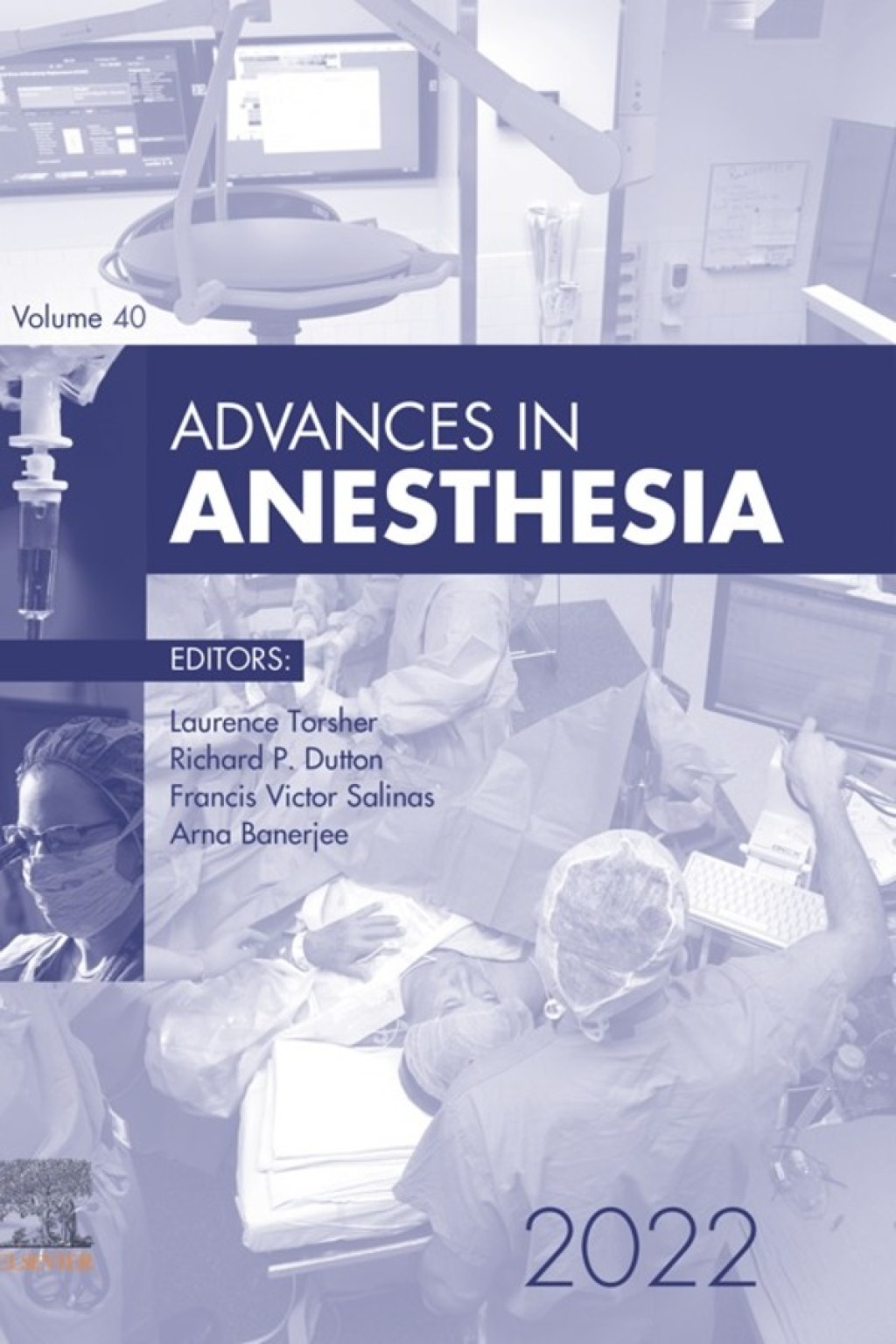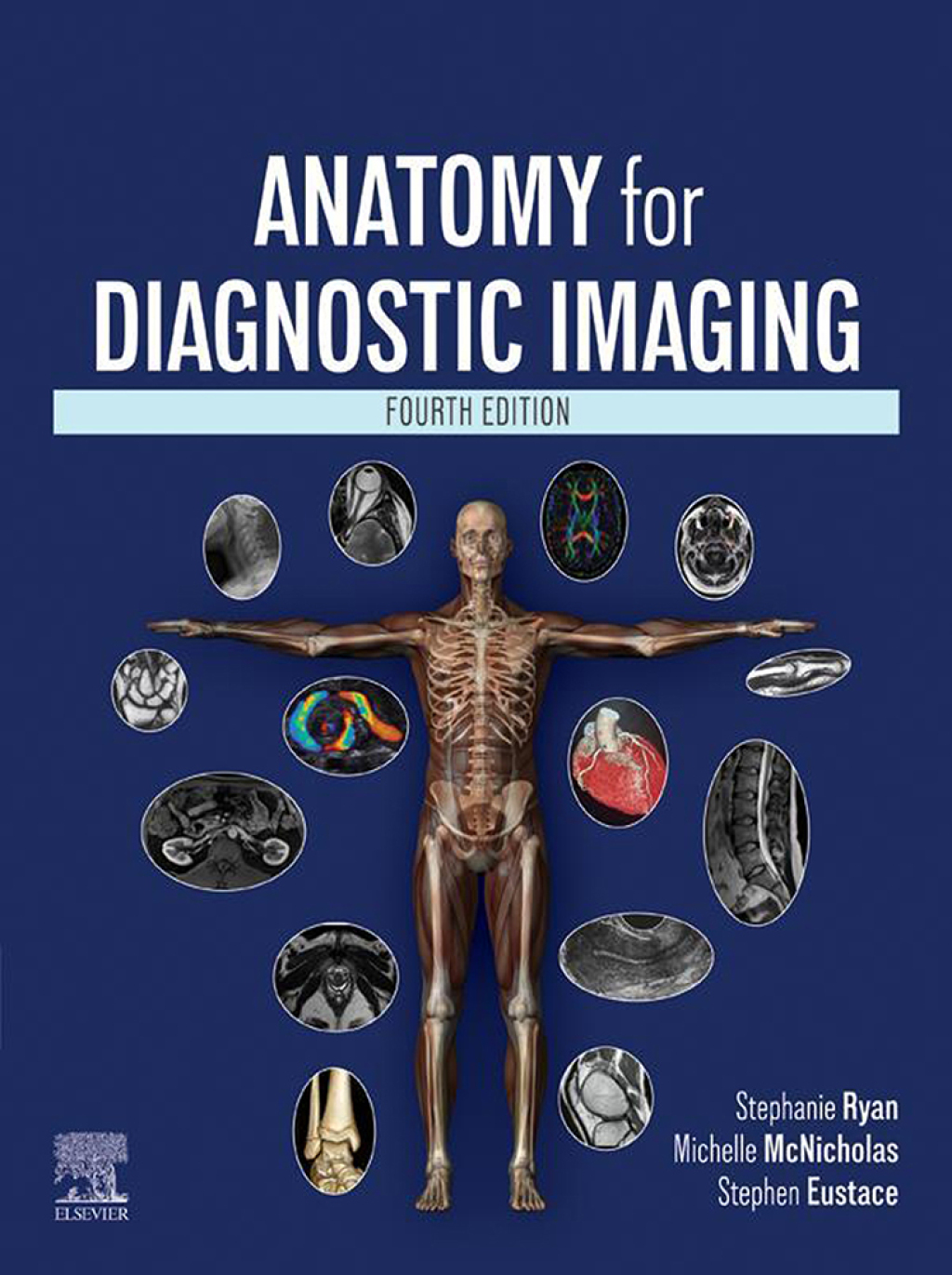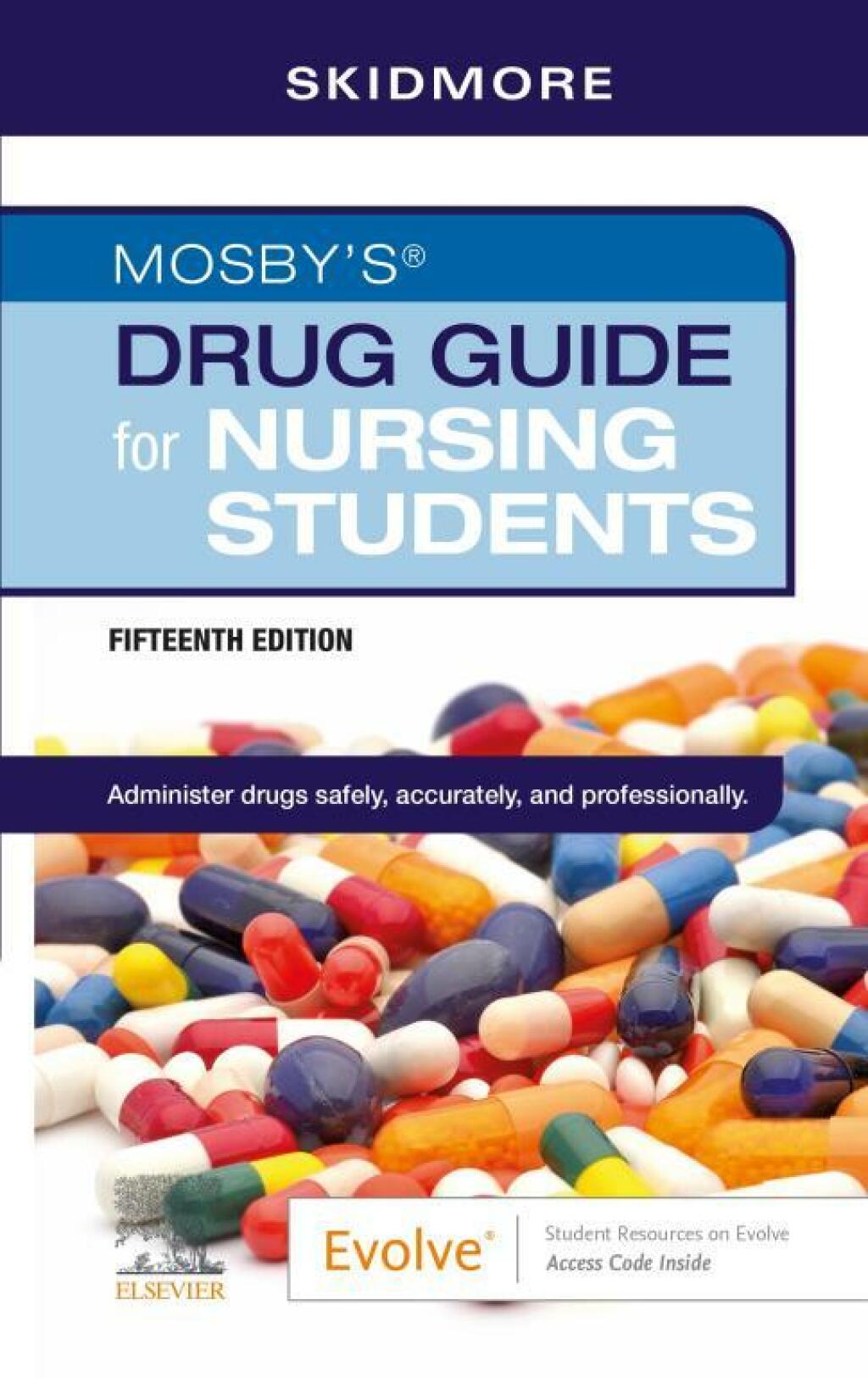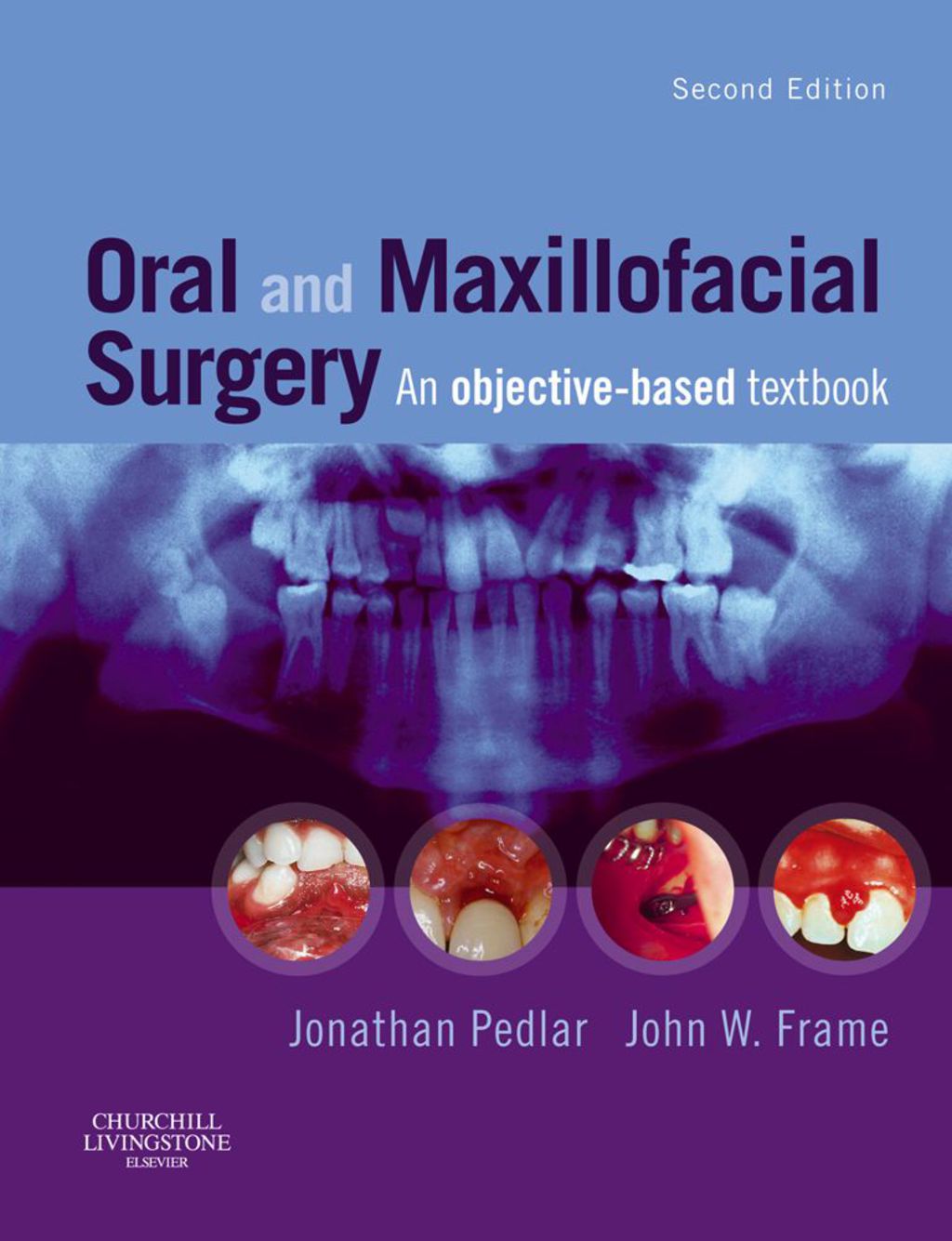Invertebrates accordingly form a massively paraphyletic group. It is generally accepted that the phyla comprising modern Metazoa share a common multicellular ancestor, but with the sole exception of one subphylum of the phylum Chordata, all those phyla are classified as invertebrates along with two of the three subphyla in the Chordata: Tunicata and Cephalochordata. These two, plus all the other known invertebrates, have only one cluster of Hox genes, while the vertebrates have duplicated their original cluster more than once. Within palaeozoology and palaeobiology, invertebrates are often studied within the fossil discipline called invertebrate paleontology. The term Invertebrates generates a great deal of confusion among non-biologists; it does not refer to any particular taxon in the same way that for instance Arthropoda, Vertebrata or Manidae do. This book entitled Invertebrates deals with the morphology, anatomy, physiology and development of important animals of non-chordates. The publication of this book is according to the syllabi for B.Sc as well as M.Sc students of Indian universities.
“Genetics and Neurology” has been added to your cart. View cart
Encyclopaedia Of Invertebrates
Author(s): A. K. Sharma
Publisher: Centrum Press
ISBN: 9789350841730
Edition:
$39,99
Delivery: This can be downloaded Immediately after purchasing.
Version: Only PDF Version.
Compatible Devices: Can be read on any device (Kindle, NOOK, Android/IOS devices, Windows, MAC)
Quality: High Quality. No missing contents. Printable
Recommended Software: Check here










